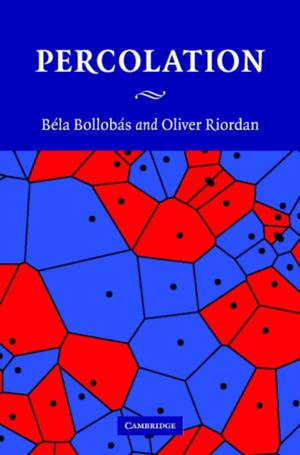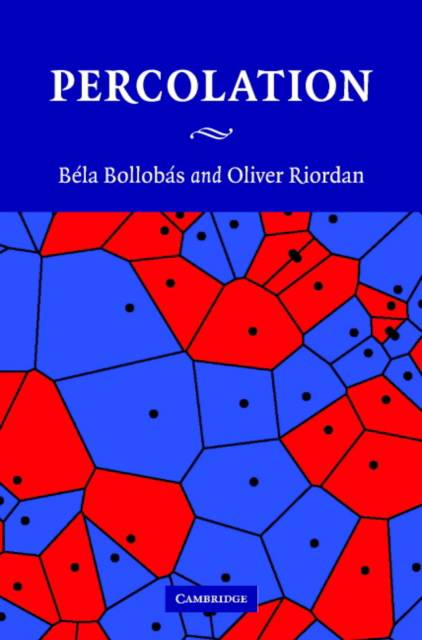
- Afhalen na 1 uur in een winkel met voorraad
- Gratis thuislevering in België vanaf € 30
- Ruim aanbod met 7 miljoen producten
- Afhalen na 1 uur in een winkel met voorraad
- Gratis thuislevering in België vanaf € 30
- Ruim aanbod met 7 miljoen producten
Zoeken
Omschrijving
Percolation theory was initiated some fifty years ago as a mathematical framework for the study of random physical processes such as flow through a disordered porous medium. It has proved to be a remarkably rich theory, with applications beyond natural phenomena to topics such as network modelling. The aims of this book, first published in 2006, are twofold. First to present classical results in a way that is accessible to non-specialists. Second, to describe results of Smirnov in conformal invariance, and outline the proof that the critical probability for random Voronoi percolation in the plane is 1/2. Throughout, the presentation is streamlined, with elegant and straightforward proofs requiring minimal background in probability and graph theory. Numerous examples illustrate the important concepts and enrich the arguments. All-in-all, it will be an essential purchase for mathematicians, physicists, electrical engineers and computer scientists working in this exciting area.
Specificaties
Betrokkenen
- Auteur(s):
- Uitgeverij:
Inhoud
- Aantal bladzijden:
- 334
- Taal:
- Engels
Eigenschappen
- Productcode (EAN):
- 9780521872324
- Verschijningsdatum:
- 21/09/2006
- Uitvoering:
- Hardcover
- Formaat:
- Ongenaaid / garenloos gebonden
- Afmetingen:
- 161 mm x 235 mm
- Gewicht:
- 662 g

Alleen bij Standaard Boekhandel
Beoordelingen
We publiceren alleen reviews die voldoen aan de voorwaarden voor reviews. Bekijk onze voorwaarden voor reviews.








